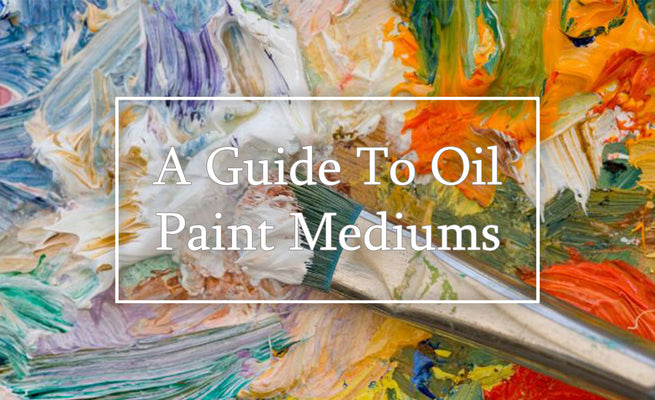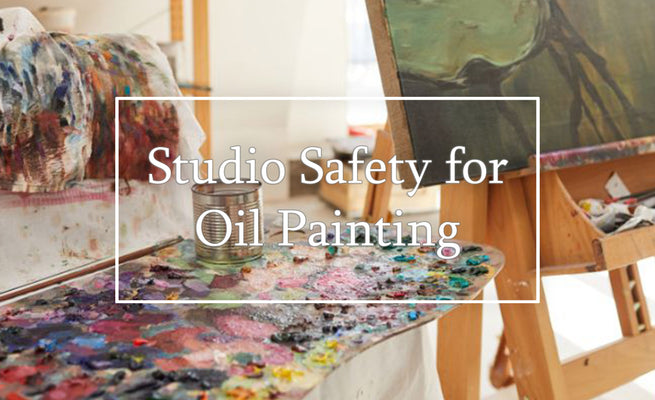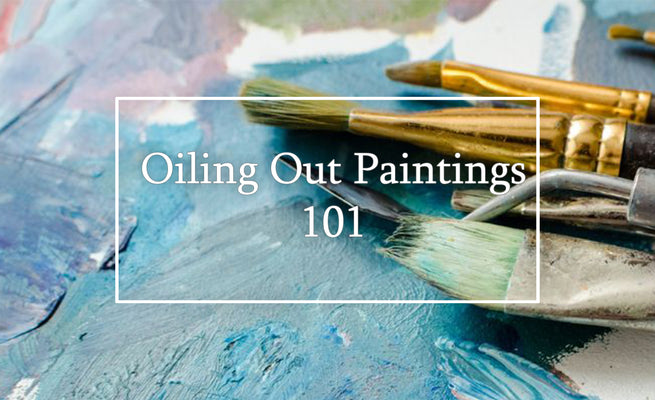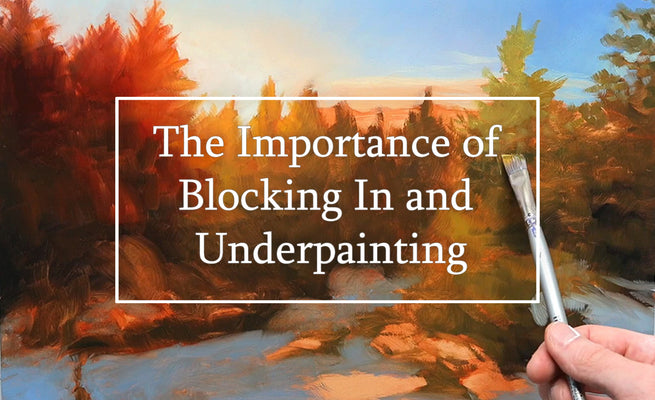Lighting can make or break a painting, especially when it comes to capturing the essence of a landscape. Whether it's the soft glow of a setting sun or the harsh midday sun casting shadows, understanding how to harness light is crucial for any artist. In this blog, we'll talk about the role of light in landscape painting, from historical techniques to its modern-day significance.
 "Sunrise in the Sierras" Oil Painting by Albert Bierstadt {{PD-US}}
"Sunrise in the Sierras" Oil Painting by Albert Bierstadt {{PD-US}}
The Evolution of Light in Historical Landscape Painting
The mastery of light in landscape painting didn't happen overnight; it's been an evolving art form dating back to artists like Rembrandt. He and his contemporaries set the stage with their use of chiaroscuro, playing with light and shadow to create depth. However, the real game-changer came in the 18th and 19th centuries when landscape artists took to the great outdoors. They began capturing natural light in all its forms from the golden hour's soft hues to the stark clarity of a sunny day. This nuanced approach led to art that wasn't just visually stunning but emotionally impactful, turning light into a narrative element in itself.
 "The Harvesters" Landscape painting by Pieter Bruegel the Elder {{PD-US}}
"The Harvesters" Landscape painting by Pieter Bruegel the Elder {{PD-US}}
Landmark Paintings: Artists Who Mastered Light
Throughout history, artists like Édouard Manet, Vincent van Gogh, and many others have been captivated by the power of light, using it to bring depth, emotion, and vibrancy to their landscapes. Whether it's the dramatic contrasts of the Baroque era or the unique perspectives of the Post-Impressionists, each artist had their own way of capturing this critical element. However, when it comes to mastering the portrayal of light in landscape painting, there are two artists who stand out within their own domains.
Albert Bierstadt:

- Title: "Among the Sierra Nevada Mountains"
- Description: Bierstadt is renowned for his dramatic use of light to accentuate elements within the landscape. {{PD-US}}
Camille Pissarro:

- Title: "Boulevard Montmartre at Night"
- Description: Pissarro’s contribution to landscape art is noteworthy, especially his emphasis on capturing different lighting conditions. His work often shows how the interplay of light and shadow can transform a scene. {{PD-US}}
The Physics Behind Light in Art
Light isn't just a visual element; it's a scientific one too. In painting, light plays a crucial role in color, texture, and depth. Understanding basic physics, like how light interacts with surfaces through reflection, refraction, and absorption, can level up your skills. For instance, the angle at which light hits an object influences the length and direction of shadows, adding realism to your work. Grasping these simple yet fundamental principles will enable you to create landscapes that are both visually striking and scientifically accurate.
 "Impression, Sunrise" Landscape Painting by Claude Monet {{PD-US}}
"Impression, Sunrise" Landscape Painting by Claude Monet {{PD-US}}
Practical Ways to Harness Light in Landscape Painting
The way an artist manipulates light can profoundly affect the viewer's experience. Whether you're looking to capture the golden hour or a cloudy day, here are some techniques to get you started:
-
Observing Natural Light at Different Times of the Day: Start by spending time outdoors during various times of the day—morning, noon, and evening—to observe how the light changes. Notice the quality, direction, and color of the light. Is it soft and diffused in the morning, harsh and direct at noon, or warm and golden in the evening? These observations will inform how you approach your painting, helping you choose the most suitable time of day to depict. This ties into the importance of plein air painting.
-
Understanding Color Temperature: Different light sources have varying color temperatures, measured in Kelvins. Natural daylight is cooler and tends to be bluish, whereas the light during sunrise or sunset is warmer, often taking on a golden or reddish hue. Understanding this concept allows you to make the right decisions about your color palette. For instance, cooler light will make shadows appear warmer, and vice versa. I wrote a full article here on the color wheel.
-
Mastering the Basics of Shadow and Reflection: Shadows and reflections are not just darker or lighter versions of the objects they come from; they have their own color and texture influenced by the light source. In outdoor settings, shadows might take on a bluish tone due to the sky. Reflections in water could pick up colors from the surrounding landscape. Pay attention to these subtleties, as they add realism and depth to your work. Here's an article with a little more detail on using light and color to create a better landscape painting
 "A Never-ending Cycle" Landscape Art by Chuck Black
"A Never-ending Cycle" Landscape Art by Chuck Black
Final Thoughts
Understanding the role of light can be game-changing, taking a landscape painting from merely good to utterly breathtaking. Whether you're an artist, an art collector, or simply an enthusiast, appreciating the subtle yet impactful role of light can deepen your connection to these captivating visual stories.











